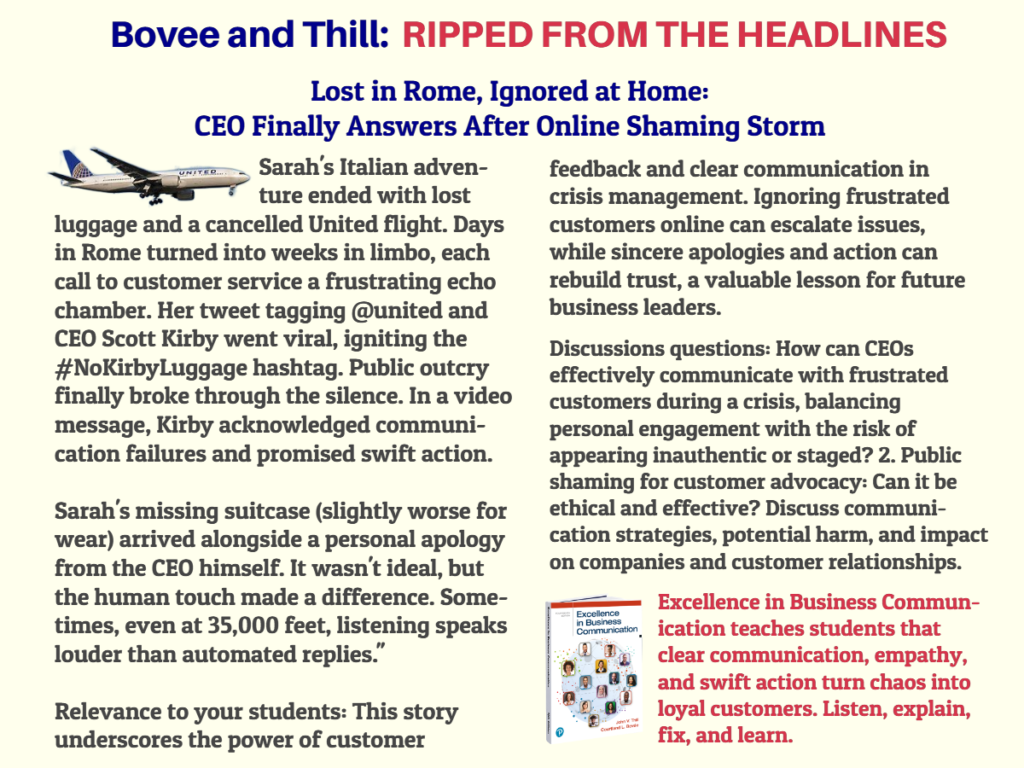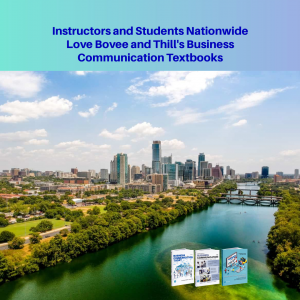
Discussion Questions and Answers:
1. Balancing Sustainability and Transparency:
Companies like H&M can avoid greenwashing by focusing on specific and verifiable claims about their sustainability initiatives. This includes providing data, using clear language, and avoiding vague terms like "eco-friendly" without explanation.
Transparency is key. Companies should disclose their entire environmental footprint, not just highlight selective positive aspects. This fosters trust and allows stakeholders to understand the ongoing efforts and areas for improvement.
Focus on progress, not perfection. Communicating concrete steps taken and measurable goals for the future demonstrates genuine commitment, even if the journey is ongoing.
2. Bridging the Gap and Managing Expectations:
Acknowledge the inherent challenges of their business model and its impact on sustainability goals. Honesty builds trust and avoids misleading portrayals.
Focus on long-term vision and commitment to evolving the business model towards greater sustainability. Outline concrete steps and timelines for progress.
Engage in open dialogue with stakeholders like consumers, environmental groups, and investors. This allows for feedback, fosters collaboration, and helps manage expectations.
Use communication strategically to educate consumers about the complexities of achieving sustainability in their industry. This fosters understanding and avoids unrealistic expectations.
By implementing these strategies, companies like H&M can navigate the complex landscape of sustainability communication, build trust with stakeholders, and avoid the pitfalls of greenwashing.
How the Excellence in Business Communication Addresses This Scenario
Excellence in Business Communication includes several core concepts directly relevant to the H&M case. Here's how those concepts might be explained:
-
Ethical Communication: The concept of balancing transparency with promotional messaging in the context of sustainability relates directly to ethical business communication. The textbook covers:
- Identifying misleading or exaggerated claims.
- The importance of truthfulness and avoiding deceptive practices.
- How to back up claims with reliable data and evidence.
-
Balancing Stakeholder Interests: This textbook explores the need to consider and address the viewpoints of multiple stakeholders. H&M must balance the messaging for:
- Environmentally conscious consumers: Expect transparency and genuine change.
- General consumers: May focus on price and trends.
- Shareholders: Desire profitability and growth.
- Employees: Seek job security, fair treatment, and a company they believe in.
-
Navigating Complex Expectations: Communicating sustainability in an era of intense scrutiny falls under this category. The textbook covers:
- Audience analysis: How to understand different groups' values and communication preferences.
- Crisis communication: Proactively addressing potential criticisms or accusations of greenwashing.
- Reputation management: Building long-term trust through consistent, values-driven messaging.
Key Lessons for Business Communication Students
The H&M case presents a valuable real-world scenario that highlights several critical lessons from the world of business communication:
- The Power (and Risk) of Sustainability Claims: Sustainability is a major selling point, but audiences are vigilant against greenwashing.
- Transparency is Not Optional: Companies must be willing to be open about successes and shortcomings, acknowledging the complexities involved.
- Ethical Dilemmas are Inherent: Businesses often operate with competing interests and imperfect solutions, requiring careful message balancing.
- Nuance Matters: Simple "good vs. bad" narratives don't capture the reality of corporate efforts. Students must learn to communicate progress and plans without misleading.
 ANSWERS TO DISCUSSION QUESTIONS
ANSWERS TO DISCUSSION QUESTIONS
 ANSWERS:
ANSWERS:
 As we’ve been tracking the development of intelligent communication technologies in our recent editions, augmented and automated writing systems have been the most intriguing innovation of them all. ChatGPT received most of the attention when OpenAI unleashed it on a mostly unsuspecting world last fall, but several hundred companies are now developing tools that promise to create or co-create anything from routine email messages and social media content to podcasts, presentations, and videos.
As we’ve been tracking the development of intelligent communication technologies in our recent editions, augmented and automated writing systems have been the most intriguing innovation of them all. ChatGPT received most of the attention when OpenAI unleashed it on a mostly unsuspecting world last fall, but several hundred companies are now developing tools that promise to create or co-create anything from routine email messages and social media content to podcasts, presentations, and videos.


 "Long emails and dense, difficult to decipher memos mean modern office communication goes ignored more often than it’s understood. For over a decade, I taught college students how to communicate in professional settings. Every class began with a single, all-consuming thesis: “Nobody will ever want to read anything you write at work. Period.”
"Long emails and dense, difficult to decipher memos mean modern office communication goes ignored more often than it’s understood. For over a decade, I taught college students how to communicate in professional settings. Every class began with a single, all-consuming thesis: “Nobody will ever want to read anything you write at work. Period.”





